Walking through Mystras feels like opening a forgotten chapter from the Byzantine Empire. The silent stone paths pull me past ancient churches, broken castles, and walls that almost murmur stories of emperors and vanished glory.
Mystras, a UNESCO World Heritage Site, invites travelers to wander its ruins and discover a city that once thrived, now beautifully frozen in time.
As I climbed the hillside, the view spilled over the green valley near Sparta. It’s surprisingly easy to imagine life here centuries ago.
Each broken arch and faded fresco brings history to life—reminding me that it’s not just in books, but right under my feet. Exploring Mystras isn’t only about sightseeing; it’s about hearing echoes of empires and finding a hidden gem in Greece far from the crowds.
If you want to go beyond the usual tourist stops, Mystras offers a rare chance to connect with the past in a peaceful, unforgettable way.

The Rise and Glory of Mystras: A Byzantine Jewel
Few places in Greece let you step so directly into medieval history as Mystras. Once a center of power, art, and faith, its stone walls and frescoed churches still carry the presence of emperors and spiritual leaders.
Founding Mystras: From Crusaders to Despots
My stroll through Mystras’s story really starts in the 13th century. In 1249, Frankish prince William of Villehardouin built the first castle on a steep hill near Sparta.
He wanted control over this part of the Peloponnese and aimed to guard vital trade and defense routes.
Byzantine rulers soon seized Mystras from the Latins. They transformed it from a military outpost into a real city.
The town spread down the slope, buzzing with life as new churches, mansions, and public buildings appeared within its strong walls.
Standing here, I can almost feel why the city’s position overlooking the plain made it such a prize for any ruler.
From Crusader outpost, Mystras quickly became a place where cultures mixed and power shifted between emperors and despots.

The Heart of Byzantium in the Peloponnese
After Constantinople fell to Crusaders, the Byzantine world shifted. Mystras became the new heart of Byzantine culture in southern Greece—a real jewel set among rugged hills.
Politicians, merchants, and scholars walked its streets, drawing talent from Athens and the wider Eastern Mediterranean.
Art and architecture thrived, helped by waves of refugees and artisans fleeing other lost parts of the empire.
The city’s monasteries, like Pantanassa and Peribleptos, still hold frescoes that stop me in my tracks. Some are so bright, it’s hard to believe how old they are.
Each painting shares stories of faith, empire, and daily life. Mystras’s role stretched beyond the local.
It stood as a beacon for travelers and thinkers, proof that even as the Roman world faded, Byzantium’s spirit could still spark beauty and new ideas against the odds.
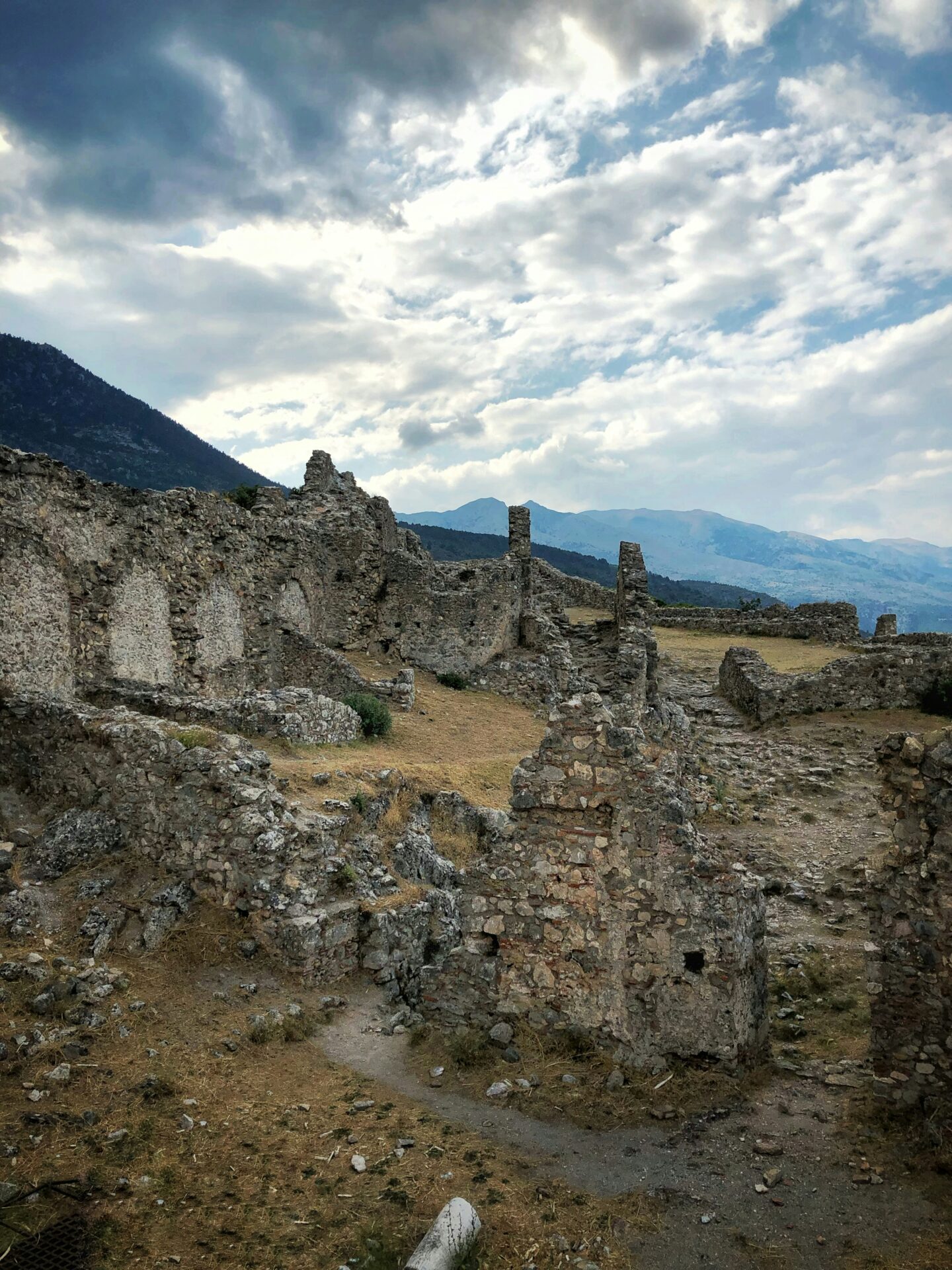
Emperors, Bishops, and the Fabric of Empire
Powerful men once wandered these cobbled lanes. Emperors like Constantine XI Palaiologos, who later became the last Emperor of Byzantium, ruled from Mystras before his final stand for Constantinople.
This city trained rulers and sheltered the Orthodox Church. Bishops shaped spiritual life, leading pilgrimages that drew people from across the empire.
Church councils here tried to bring hope and unity as the world outside shifted fast.
Standing under these arched doorways, I remember Mystras was never just a fortress or city. It was a tapestry woven from emperors’ ambitions, bishops’ prayers, and the dreams of those seeking democracy and stability long after ancient powers had faded.
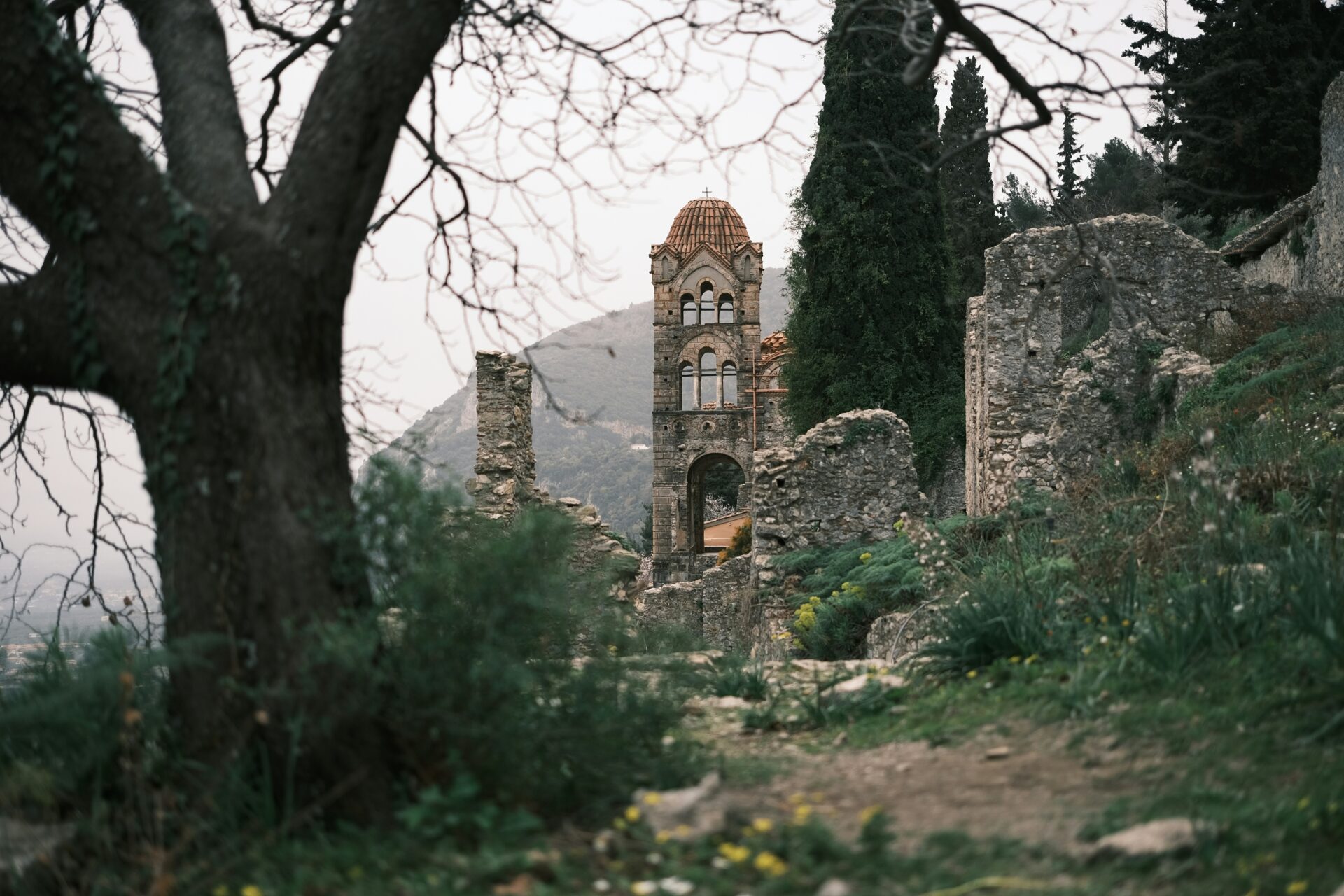
Wandering the Ghost City: Top Sights and Hidden Corners
Stone paths guided me through Mystras, where quiet ruins still hold the weight of faith, power, and devotion. Every crumbling wall and arch hinted at daily life, grand ceremonies, and silent prayers in this forgotten UNESCO site.
Churches, Frescoes, and the Echoes of Faith
I stepped into the old churches of Mystras, and the Byzantine architecture really stood out—arched doors, domes, and thick stone walls.
The frescoes blew me away. Byzantine art covered the interiors, from scenes of the Apostles to vivid images of the Theotokos (Mother of God).
Some frescos had faded, but others still popped with color. Each painting carried meaning, showing moments from the life of Jesus, the martyrs, and the Holy Trinity.
It felt like every brushstroke was a quiet act of faith. I spotted visitors from all over—some on pilgrimage, others just curious.
Students of orthodox church history, lovers of Christian faith, and travelers wandered side by side, all drawn in by the spiritual pull and the stories painted on these ancient walls.
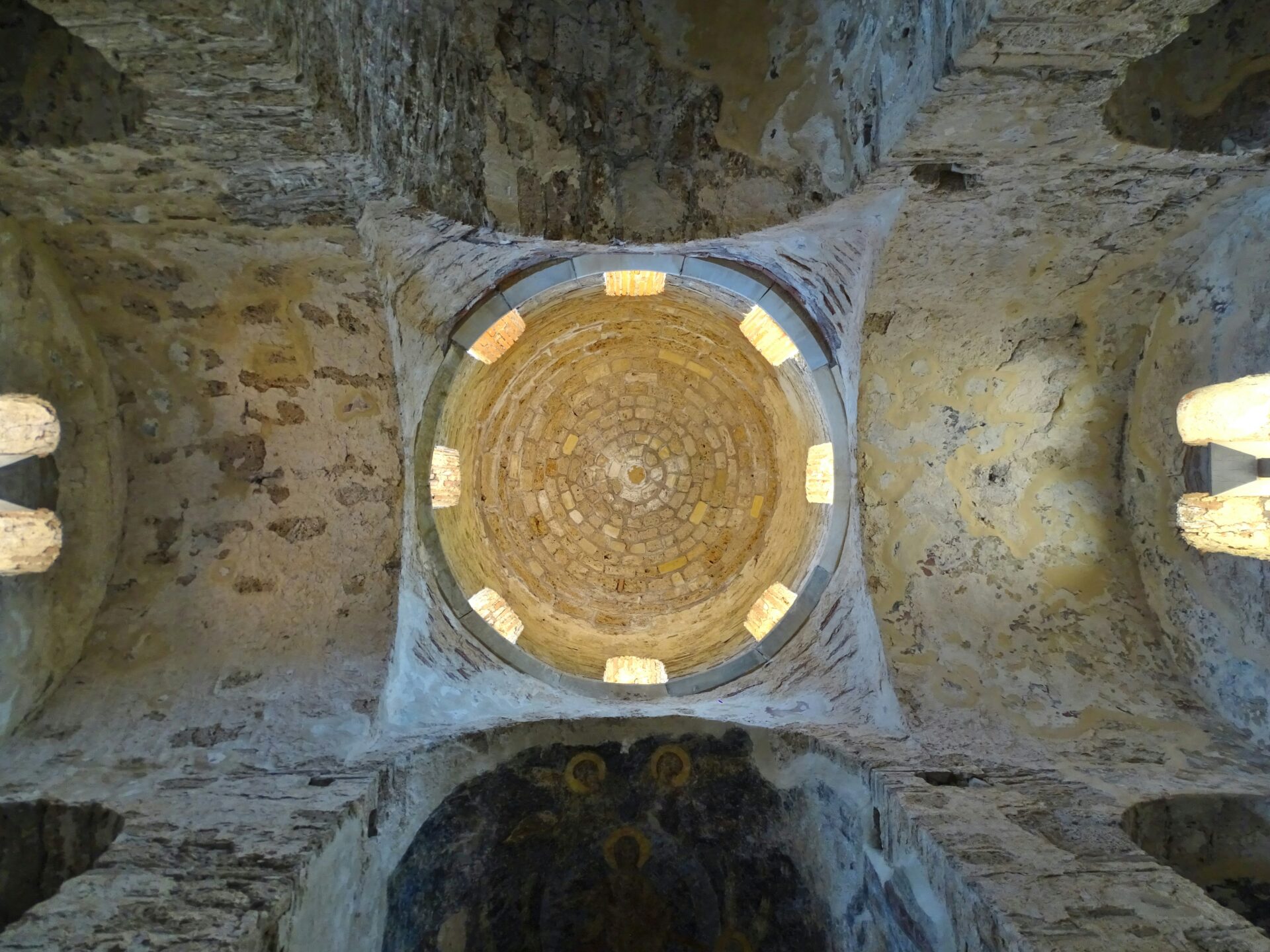
Palaces, Fortress Walls, and Panoramic Vistas
Climbing up toward the citadel, I passed ruins of grand palaces that once housed emperors and patriarchs. The walls soared above the valley.
They weren’t just strong—they were beautiful, with arches, towers, and thick ramparts. At the very top, an incredible view over the Peloponnese unfolded.
You can see why this spot mattered for defense and, later, for trade and performance at the heart of the empire.
Walking the fortress walls, I felt like I was inside history. Every stone had seen rulers rise and fall, invasions, and celebrations.
With my map, I followed winding paths lined with broken sculptures and bits of everyday material culture poking through the overgrowth.
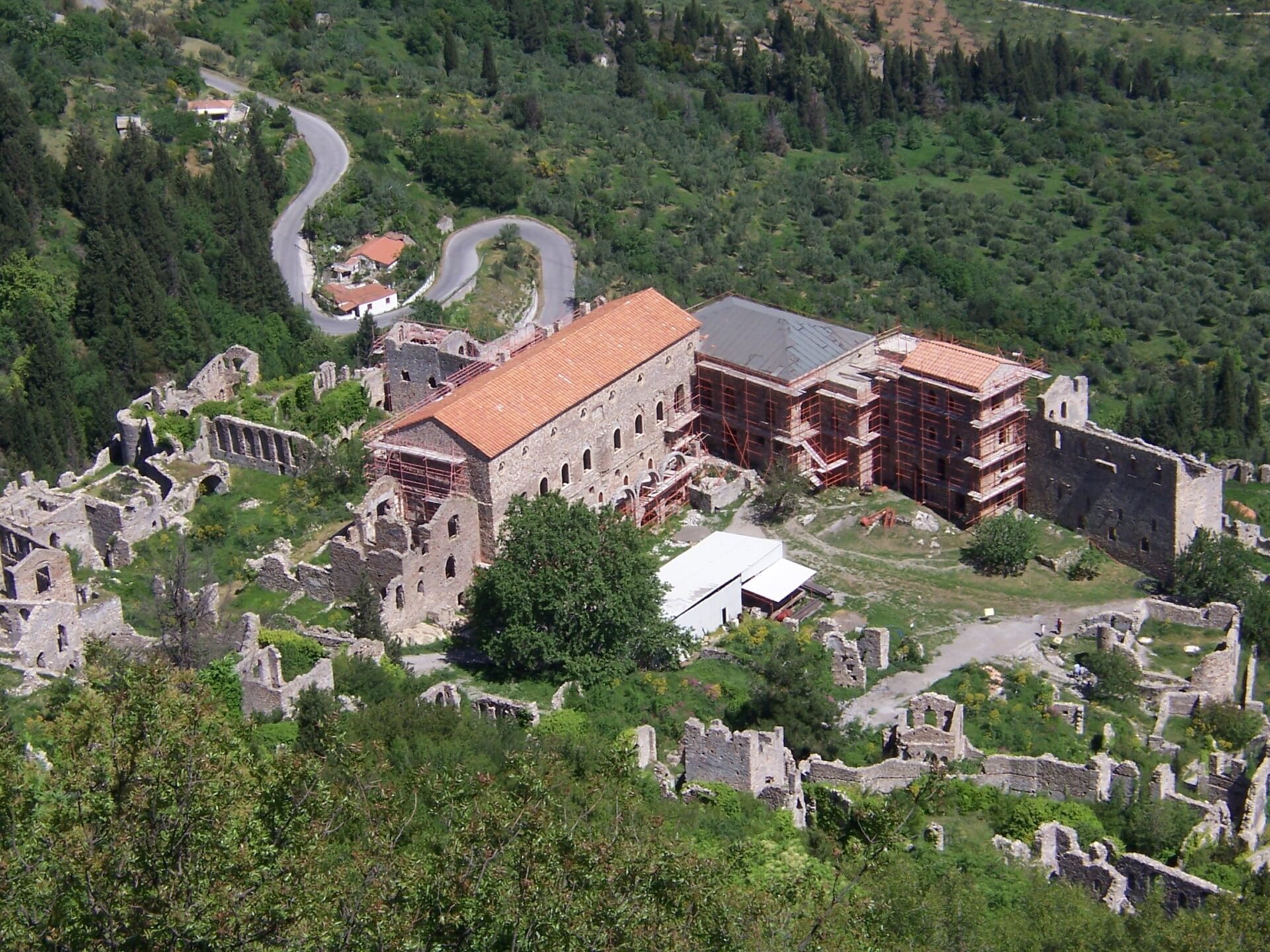
Mysterious Monasteries and Sacred Rituals
Hidden among olive trees and rocky hills, the monasteries of Mystras still feel alive with centuries of tradition.
I slipped into small chapels where monks once chanted prayers and followed strict liturgical practice. In some corners, I thought I heard faint echoes—maybe it was just the wind, or maybe the sound of old rituals.
Monasteries weren’t just for prayer; monks read and copied ancient texts by church fathers here. Faith lived quietly in these walls.
I met a few travelers who came for reflection, sometimes lighting candles or joining short prayers. The monks’ cells, faded icons, and tiny courtyards made these monasteries some of the most peaceful—and stirring—spots in all of Mystras.
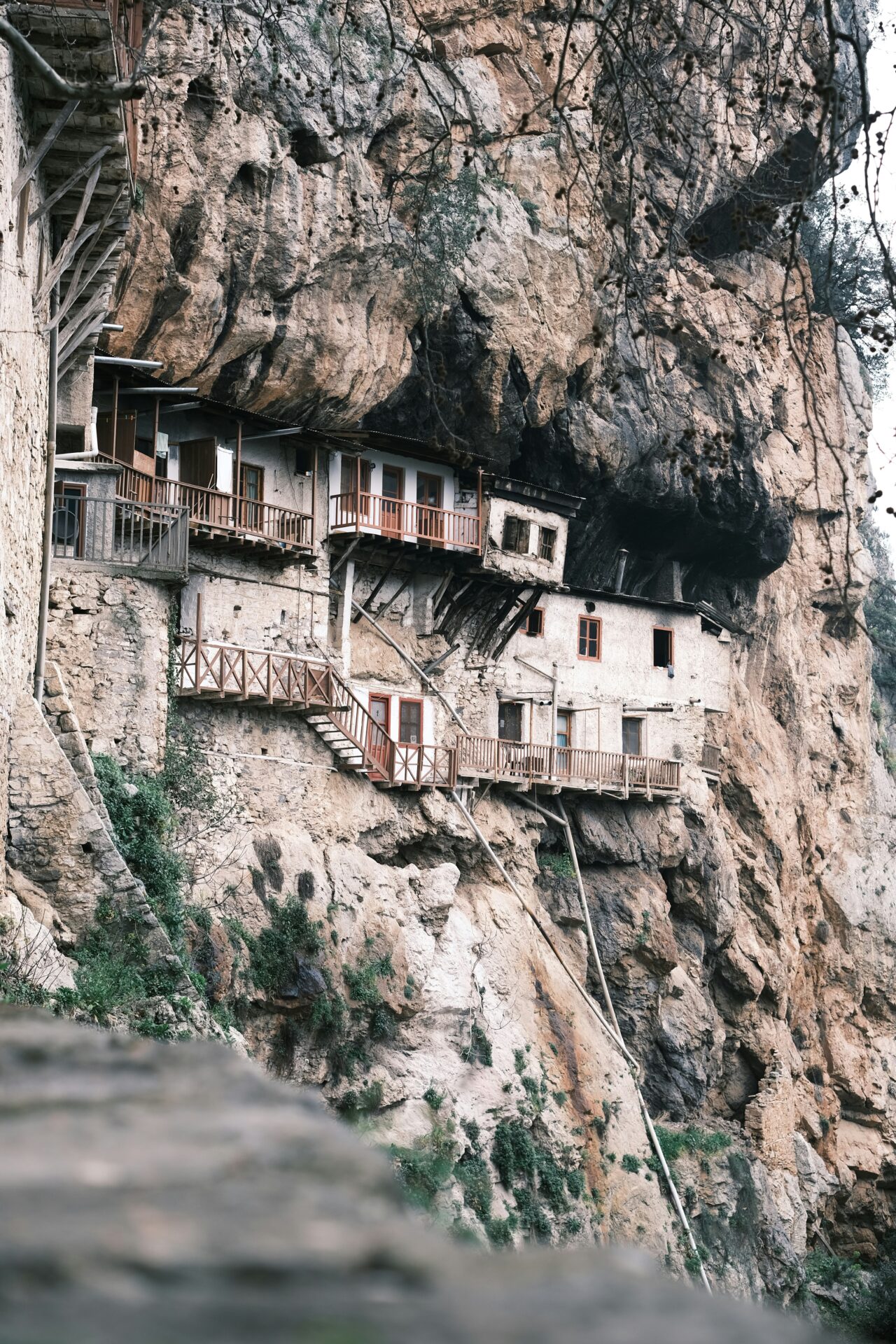
Byzantine Architecture and Artistry: Living Legacies
Wandering through Mystras, I saw how art and architecture blended, shaping a city that still tells stories.
Every crumbling wall and faded mosaic reveals centuries of Byzantine pride, religious devotion, and clever engineering.
Mosaic Stories and Marble Wonders
Inside churches, tiny tiles form vivid mosaics that glow in shifting light.
I got drawn to images of saints and angels, which once inspired awe in medieval worshippers. Many mosaics are crafted in deep blues and golds, showing scenes from the Bible or lives of important figures.
Byzantine sculptors carved marble columns and stonework into church walls and monastery cloisters. Patterns run from vines and crosses to mythical beasts, each symbol carefully picked.
Even after centuries, much of this detail still looks sharp. Carved lintels and capitals add another layer of beauty, mixing classical influences with unmistakably Byzantine touches.
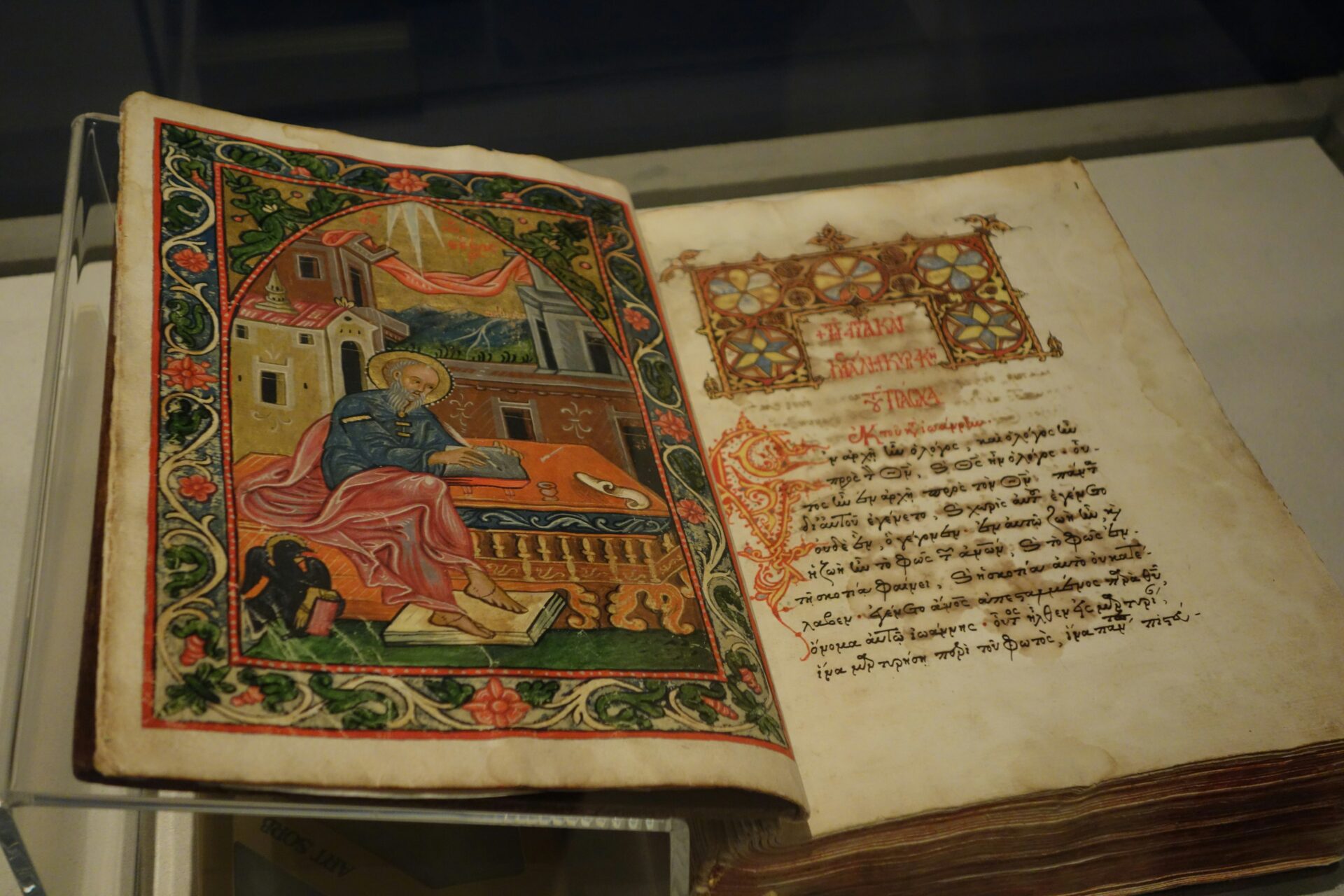
Sacred Spaces and Landscape Architecture
Mystras isn’t just a pile of ruins; it’s a city shaped by its hills. Churches, palaces, and monasteries spill down the mountain.
I climbed winding stone paths that once echoed with imperial footsteps. Sacred spaces like the Cathedral of Agios Demetrios and Pantanassa Monastery really stand out.
Their domes and arches show off late Byzantine and even some Gothic styles. From certain spots, I noticed how cisterns, aqueducts, and courtyards used the natural slopes to manage water and connect buildings.
Seeing how the Byzantines worked with the land’s beauty, I had to admire their skill in landscape architecture. They built terraces for gardens, gathering places, and quiet corners to pray or just take in the view over the plains.

Timeless Techniques: Building Materials and Preservation
I’m honestly impressed by how well some buildings have survived. Builders used strong local stones, bricks, and tiles.
Like many Byzantine cities, Mystras relied on thick walls and arches to support roofs and domes. This mix of sturdy materials and smart design means churches and fortifications still stand after so many years.
Preservation efforts keep these features visible today. Archaeologists study and repair structures, using traditional techniques when they can.
Signs around the site explain where original materials blend with modern repairs. As I explored, I realized the importance of keeping these legacies alive, so future travelers can experience Mystras’s artistry and engineering for themselves.
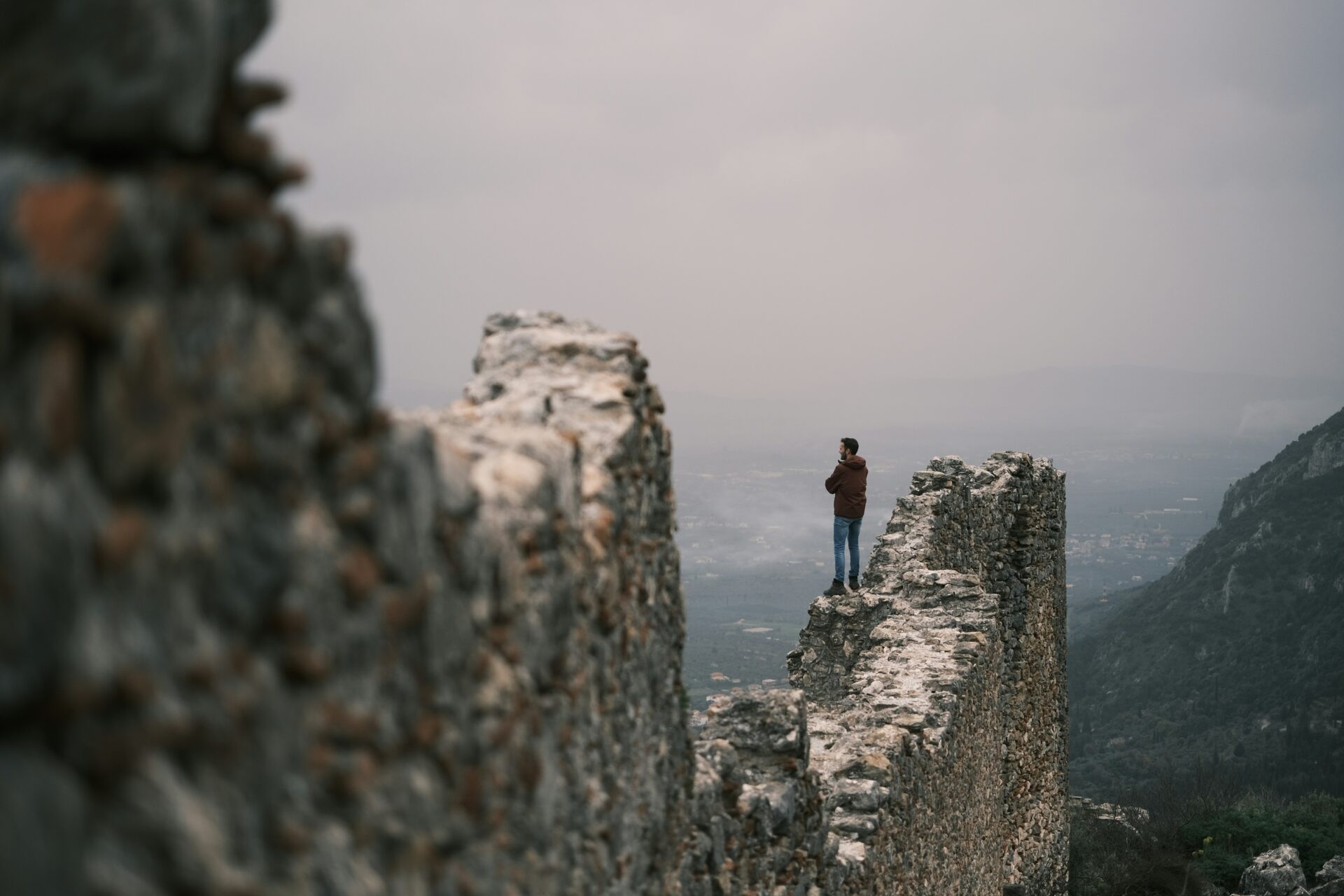
Mystras in History: From Imperial Glory to Ottoman Twilight
Mystras once sat at the crossroads of empires and shifting cultures. Its story is full of power struggles, creative exchanges, and a surprising resilience through centuries of change.
Patronage, Propaganda, and Cultural Exchange
Strolling through Mystras, I always notice the grandeur left behind by its rulers. Built in 1249 by William of Villehardouin, a Frankish prince, the city quickly became a center for Byzantine elites.
Under the Byzantines, Mystras thrived as the capital of the Despotate of Morea. Emperors and nobles backed the arts, philosophy, and religion, fueling a cultural rebirth here.
I see traces of Byzantine patronage in the frescoed churches, their colors faded but still striking. The city’s buildings weren’t just for worship or defense—they acted as statements of power, carefully designed to show off wealth and legitimacy.
Mystras even drew scholars and artisans from as far as Constantinople. Stone mosaics and painted domes whispered messages of faith and authority.
In many ways, Mystras used propaganda and architecture to tie itself to great powers like ancient Greeks or distant Constantinople. For travelers today, it feels like every carved stone is part of a centuries-old conversation between East and West.

Byzantine Constantinople to Ottoman Istanbul
As I wandered the ruins, I could almost sense how closely Mystras followed the rise and fall of Byzantine Constantinople. When dynasties collapsed, nobles and clergy fled here, bringing treasures and knowledge.
For a time in the 1400s, Mystras stood as one of Greece’s brightest cities, rivaled only by Constantinople in culture and learning.
But the Ottoman conquest pressed on. By 1460, Mystras surrendered to Mehmed II—the same sultan who took Constantinople and renamed it Istanbul.
Daily life changed under Ottoman rule—churches faced new restrictions and administrators arrived from faraway Turkey.
Still, the city kept its key religious centers. Many residents adapted, blending Greek and Ottoman traditions.
Archaeology shows this mix not just in monuments, but in everyday objects buried in the soil. Mystras became a symbol of endurance during its passage from Byzantine to Ottoman hands.

Decline, Abandonment, and Rediscovery
After centuries of power and culture, the city’s fortunes slipped. As the Ottoman Empire grew stronger, Mystras lost political weight.
People drifted away, drawn to modern Sparta or other nearby towns. By the 1830s, Mystras was almost empty—left to time, overgrowth, and stories of ancient ghosts.
When I visit now, I see how archaeologists have brought Mystras back to light. Their work uncovers layers of history that connect modern Greece and Turkey with the world of the ancient Greeks.
Mystras became a UNESCO World Heritage site in 1989, drawing travelers who, like me, are eager to walk its haunting streets.
Wandering these quiet lanes, I sometimes feel like I’m tracing the steps of old pilgrims, scholars, and rulers. Every crumbling wall and mosaic hints at the city’s dazzling past and the impact of colonial powers that always seemed to reshape the story.
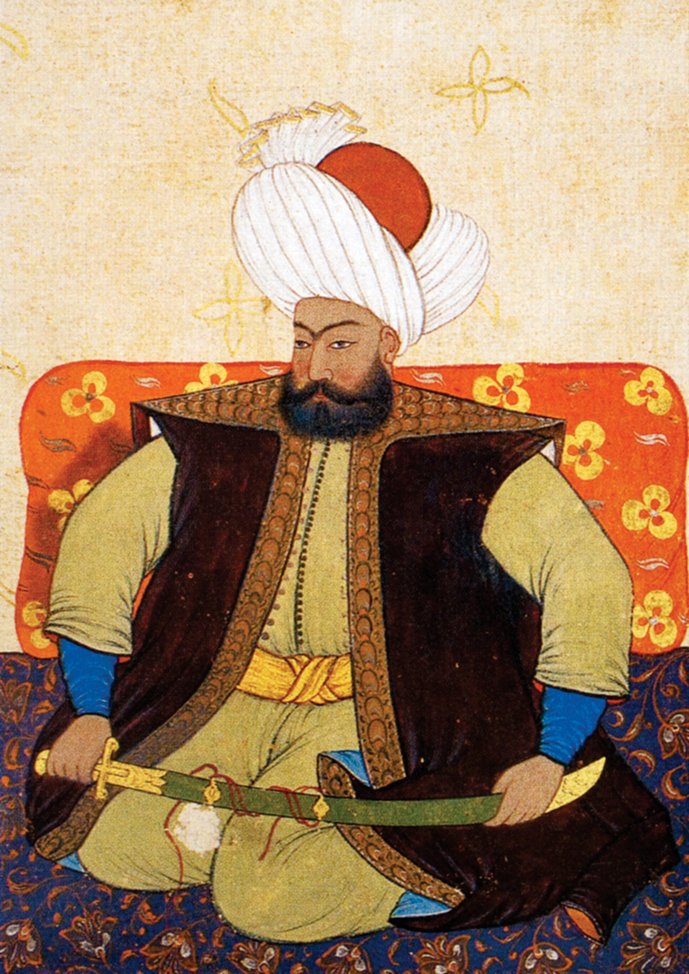
Experiencing Mystras Today: Practical Travel Insights
Visiting Mystras really pulls you into Byzantine history, all wrapped in those lush, green hills. When I walk these ancient paths, I feel like I’m connecting with both the locals and their traditions.
Traveling responsibly here matters, honestly—it’s what keeps this UNESCO site alive for whoever comes next.
When and How to Visit: Routes, Seasons, and Tips
Getting to Mystras? It always feels like the start of something. I usually fly into Athens, then drive the 220 kilometers down to the Peloponnese.
Along the way, the road winds past olive groves and sleepy villages. Sparti, which is only about 5 kilometers from the ruins, makes the most sense as a base.
Spring and autumn? They’re the best. Mild weather, flowers everywhere, and you can actually see the Taygetos mountains. Summer gets seriously hot, so I always pack water, a hat, and sunscreen—there’s not much shade on those paths.
Winter feels quieter, but I’ve found it can get wet and pretty chilly.
The opening hours here change depending on the season, so I double-check before heading out. I go for sturdy shoes with good grip; those cobblestones and steep climbs aren’t forgiving.
If you can, hire a local guide. I’ve learned stories from them that I never would’ve found out just wandering around.
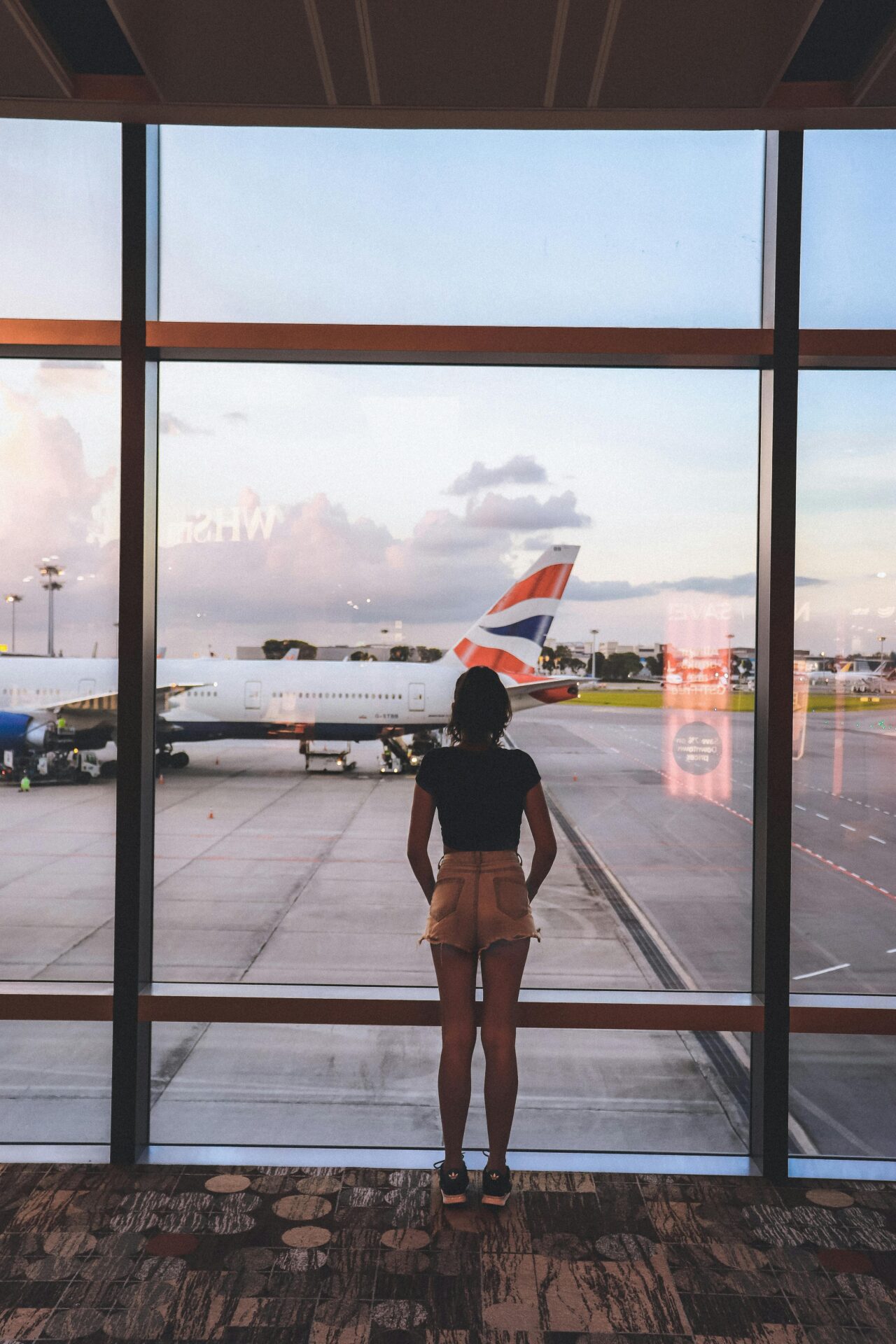
Stories, Souvenirs, and Connecting with the Locals
In Mystras, every cracked fresco and old stone seems to whisper bits of forgotten lives. When I chat with shop owners in Sparti, they’ll sometimes share little stories about family rituals or how their ancestors rebuilt churches after wars.
I like picking up handmade olive wood carvings or embroidered textiles for souvenirs. There’s something about holding these things—they feel connected to the land and the people.
The small cafes serve sweet, local oranges and that thick Greek coffee. I usually take a break there, watch people go by, and just soak it all in.
It’s funny how swapping travel memories with other visitors—especially those who came for the UNESCO recognition or maybe read something in Smithsonian Magazine—makes the place feel even more special.
And if I try out a few words of Greek, every conversation just gets warmer.
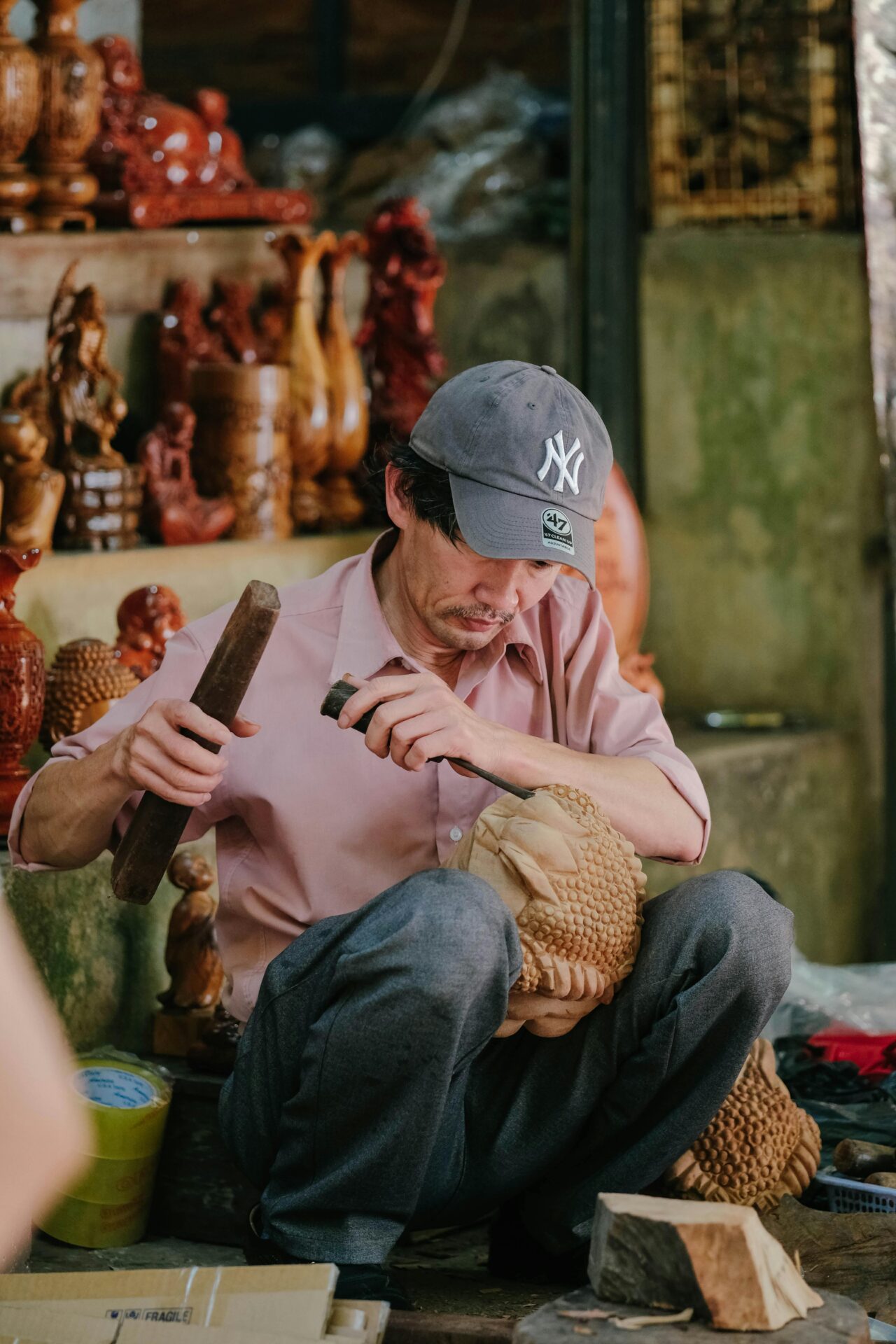
Pilgrimage, Tourism, and Sustainable Exploration
Mystras welcomes both pilgrims who visit the monasteries and travelers like me, drawn in by history and architecture. The old churches and Byzantine buildings really make you pause—they blend spiritual rituals with a quiet kind of awe.
Local guides love chatting about how tourism actually helps fund conservation projects. I stick to the marked trails because I want to protect those rare wildflowers and the ancient walls. Instead of taking souvenirs, I snap photos and leave everything else untouched.
In Sparti, I keep spotting modernist and contemporary architecture popping up. It sometimes catches me off guard against all that historic scenery. These new buildings remind me that the region’s identity isn’t stuck in the past—it keeps shifting. Sustainable tourism, at least to me, means respecting local customs and finding small ways to give back, so future generations can wander these ruins too.

